Today we have the third and final part of Seth Cane’s guest post series on Galil rifles. You can find the first two parts here: Galil AR and Galil ARM.
by Seth Cane
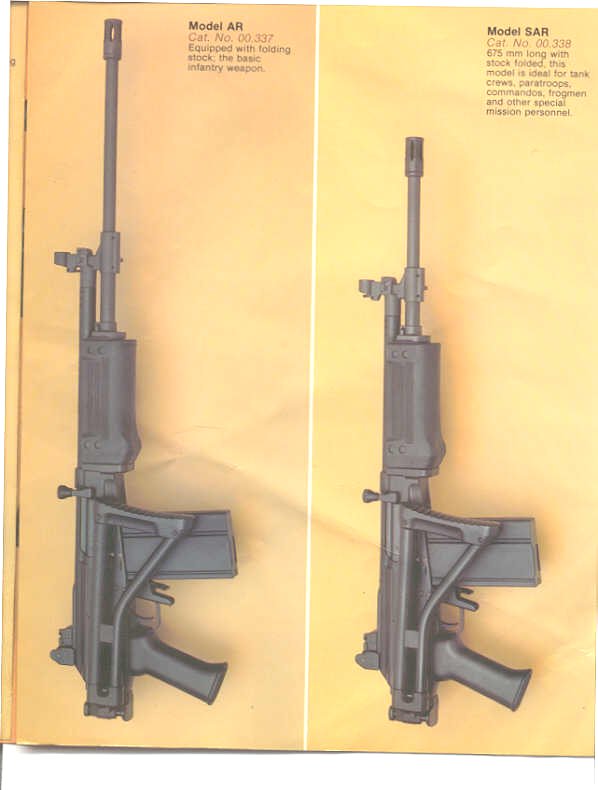
Tanks and Armored Personnel Carriers (APCs) can be tight places, and every inch of room is used to the fullest extent. A rifle with a barrel length of 18 inches can seem down-right absurd to have in a tank through the eyes of its crew. Infantry officers will have similar complaints. When you are leading your company of men through harsh terrain and making tactical decisions, a big rifle is not what you need. Your role includes additional equipment that will weigh you down. And since your job is to lead more so than fight, your weapon is the first to go.

These thoughts in hand, we come to the final variant of the original Galil trio; the Galil Short Automatic Rifle (SAR). With short-barreled rifles being all the rage in the 21st Century, the Galil SAR has arguably become the modern favorite of the three. The Gas Tube and Piston were cut down roughly 1 Inch from that on the AR/ARM, and the barrel length was shortened from 18 Inches to 13 Inches on the 5.56mm NATO models and 14 or 16 inches on 7.62mm NATO models (The South Africans would reduce the 5.56mm NATO version even further to about 10 inches on the R6). These reductions – coupled with the folding stock – would create a very compact weapon with all the benefits of a Kalashnikov action. This allowed the Galil SAR to become a favorite of Special Forces/SWAT worldwide and the standard small arm of the IDF Armored Corps for close to 40 years (They have recently been replaced with shortened M4-based carbines according to most sources).
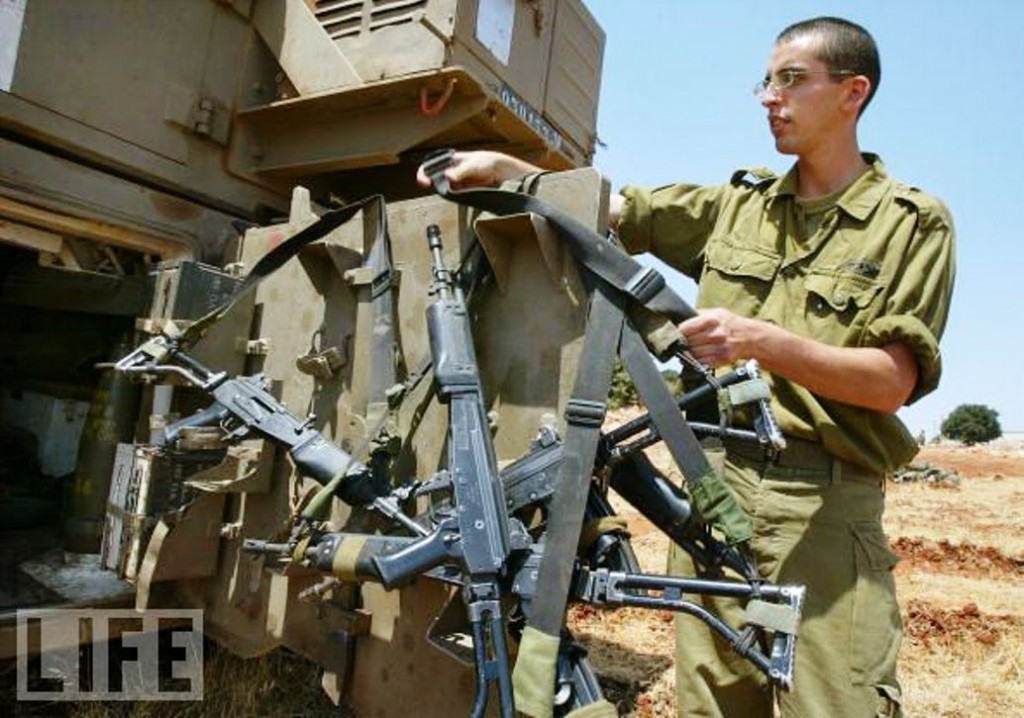
The first SAR rifles produced would sport Teak-wood foregrips and have no provisions for bayonet-mounting. Shortly after introduction, the SAR would be updated to Polymer foregrips and have bayonet lugs pinned behind the Gas Block assemblies (the lugs would later be cast into the gas blocks themselves), which would become the lasting variation.
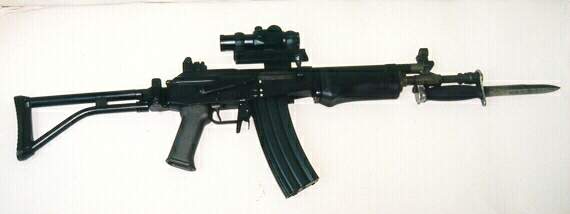
Aside from Israel, the Galil SAR would see vast usage in Latin America through purchases by Guatemala, Mexico (through the Cartels), Chile and Colombia through local production. The reduced overall size and weight made the SAR a favorite in the often harsh climates, both for government officials and rebels alike. Coupled with 50-round magazines, the SAR could deliver great firepower despite its shorter barrel, making it an ideal weapon for Jungle fighting and guerrilla warfare.
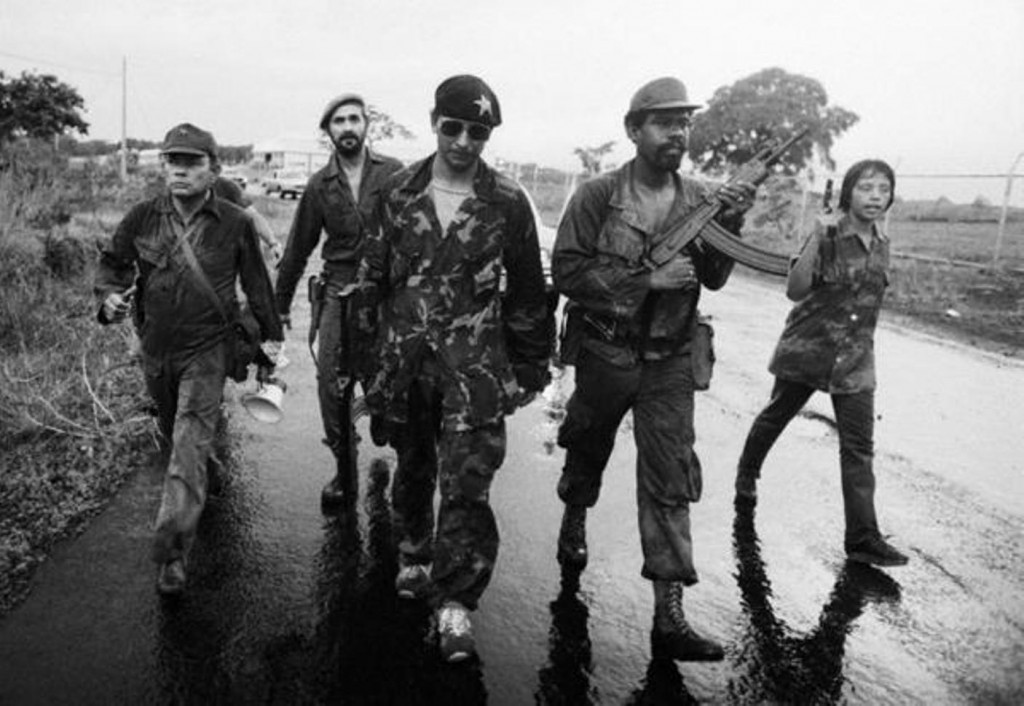
Indeed, the SAR has become outdated by the new Galil ACE series now in production with INDUMIL of Colombia, regulating the SAR to freedom-fighters and smaller governments not requiring the latest-and-greatest. But the SAR and original Galil series have had successful runs of over 40 years, and are not likely to fade from the hands of the people who use them anytime soon. Even after their service is complete, such weapons have been given new life in the American surplus market as parts kits; ready to be rebuilt and used for many years to come.
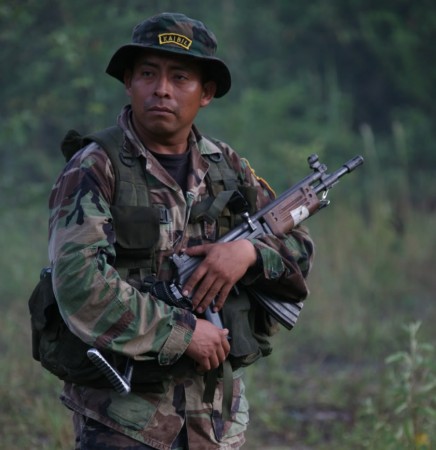

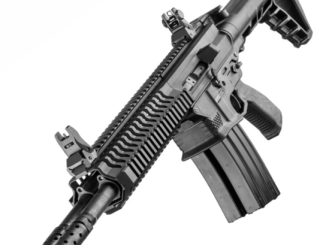
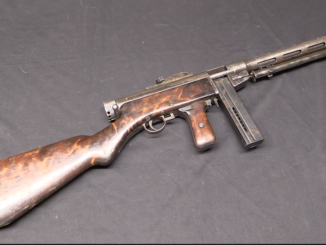
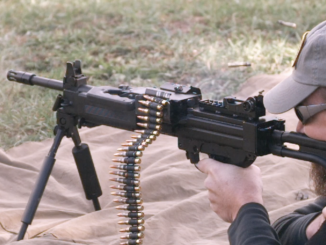
Some Mexican state police forces use Galil rifles–notably Jalisco–so the sources for Mexican IWI Galils is not just from organized crime organizations (“cartels” and mafias).
Galil rifles were supplied to the Nicaraguan Guardia nacional after the Carter/U.S.-arms cut-off. Galils were highly prized by the so-called “FES Fuerzas Especiales Selectas” of the Salvadoran FMLN guerrilla and also by the body guard details of high-ranking FMLN cadre and officers.
These days, IWI sells lots of the “ACE” model Kalashnikovs in Latin America. My understanding is that Peru is building them under license.
When I visited to Mexico in early 80’s I have seen only FN’s FAL.
G3’s would have probably been more common in Mexico in the 1980’s; in traveling through Sonora back then that was what I saw. I believe the G3 was what the Army issued, but police units in one place or another very well may have used (and use) a variety of arms.
You might be right. Since Mexicans bought from HK they might have let them off hook for copying G36 (I cannot pronounce or write that crazy Mayan name).
The Fusil Xiuhcoatl-05, named for a fearsome Aztec serpent symbol, is the all OD 5.56mm G36 derivative. Only ones I’ve seen were in photographs, but friends of mine have seen them. The only FN-FALs I ever saw in México were used by navy personnel in Veracruz. The women sailors actually still had bolt action rifles, presumably the M1954. I have seen G3s aplenty, MP5s aplenty, M16A2s aplenty, various other ARs, Uzis, mini-Uzis, shotguns of various kinds, and the aforementioned Galils in Jalisco during repeated visits before, say, 2009 or so.
Allegedly, that G36 lookalike that Mexico’s producing now is different enough on the inside to avoid violating H&K’s patents.
I’d have to see the thing disassembled side by side with a G36 to believe it though.
Indeed, Mexico does have official usage of the AR and SAR series. I highlighted this in the AR article, but wanted to mention it’s prevalence in Cartel use (there are plenty of photos of them in captured weapons caches).
Denny, I’ve got some photographs of them being in Chilean service (one photograph I have on hand shows them in service with some sort of female corps, which goes in hand with Chile’s conscription service)
Micki, you will have to go through the front-page archives to find the comments. Not sure why they are missing from the articles themselves?
In text is mentioned Chile; I do not believe Chile would ever adopt them. Same for Argentina and Brazil. Of course Colombia is known case and there might be inroads into Peru, although that country’s military has small arms sample of everything made.
In Chile the Infantry of the Air Force occupies Galil SAR with kit of updates, the infantry of the Army occupies the Galil ACE N22 co-manufactured with Israel.
https://i.postimg.cc/GtrvTN7r/1.jpg
https://i.postimg.cc/Hn2Xw2RM/2.jpg
Strange, I seem to remember some interesting comments on the Galil in the previous posts, but when I looked just now the comments-sections are empty. Where did they all go?
There are often 2 copies of each article, one on the blog and one in the “vault”, the right hand side bar links to the “vault”,
if you use the top right hand side bar “search” function, and search for “galil” you should see all of the versions; pick the one with the most comments.
There are often 2 copies of each article, one on the blog and one in the “vault”, the LEFT hand side bar links to the “vault”,
(DNA = National Association of Dissslecksiqs)
Ah, OK, thanks Keith. I myself suffer from SFB, (Search Function Blindness,) which renders me completely unable to see or register the “looking glass” symbol on any webpage. It’s a struggle, but I cope with the support of my friends and family, *sniff*…
The Colombia police use the Galil
I was just in Bogota the other month and saw nothing but Galils with the exception of a lone Tavor.
Nicaragua:
U.S. military aid to Nicaragua was suspended in late 1977/early 1978 while the opposition to Somoza and the FSLN guerrilla movement began to reach a peak of activity that led, ultimately, to insurrection and Anastasio Somoza Debayle’s ouster and departure.
Susan Meiselas, Nicaragua: June 1978-July 1979 (1981 reprint, NY: Aperture, 2008) shows photos of Guardia Nacional soldiers with Israeli helmets and Galil ARM 5.56mm rifles with bipods on pgs. 41, no bipod, stock folded p. 43, five Galil ARM w/bipod armed guardsmen and two M1 Garand-equipped guardsmen p.48, Garands, Galils and WWII-vintage U.S. scout car w/37mm gun p. 49.
Edward C. Ezell, Small Arms Today 2nd ed. (Stackpole, 1988) 282 shows that Colt sold “approx. 6,000 Model 613s [M16A1 5.56mm] in 1976 to the Nicaraguan National Guard. … [FSLN] thousands of Colt Model 603s [M16A1] have been acquired …left behind in Vietnam by the U.S. military.
Galil rifle: Israeli Military Industries (IMI), Israel. About 10,000 obtained in 1978.
Benjamin Beit-Hallahmi, The Israeli Connection: Who Israel Arms and Why (Pantheon, 1987), pp. 90-92:
“Israeli military aid to Somoza was offered as early as the 1950s. … As of 1961, the Somoza National Guard had three Sherman tanks and forty World War II armored cars purchased from Israel (Diederich, 1981). An exhibition of Israeli arms was organized in Managua in early 1974 for the benefit of Anastasio Somoza (Kaufman et al., 1979). The contacts after 1975 were intimate and leisurely enough for Israel Galil, the inventor of the Galil rifle, to visit Nicaragua with Somoza (Walter, 1984). General Yigal Allon–Labor Party leader, deputy prime minister, and foreign minister–reportedly joined other Israeli guests for breakfast with Somoza in his Managua bunker (Lichtman, 1983). There were ‘sketchy reports’ of an arms deal between Israel and Nicaragua in the early 1970s (Hoffman, 1975). But Israel did not become a major supplier until 1978, when all military and civilian aid from the United States was cut off. Israel and Argentina filled the gap until Somoza’s last day (Buckley, 1984; Diederich, 1981; LaFeber, 1983). In September 1978 Somoza was expecting a shipment of ten thousand Galil rifles (Diderich, 1981); the delivery included only five thousand Galil rifles, plus five hundred Uzi submachine guns, ammunition, flak jackets, trucks, mortars, and four patrol boats. ‘During the early months of 1979, Somoza’s own arms situation suffered surprisingly little damage from the cutoff of U.S. military assistance. … Somoza had turned to Israel, which was filling the gap … (Christian, 1985, pp.91-92) …
As the Sandinista forces were making their way toward Managua that summer [1979], they captured large quantities of brand-new Israeli arms and equipment. On their last days ‘the guardia on the barges looked like nothing so much as Israeli soldiers, with their Israeli Galil rifles and, for those who had not thrown them away, their Israeli paratrooper helmets’ (Dickey, 1985, p. 41). When the Sandinistas finally took over [July 1979], they found additional large quantities of Galil rifles … they gave some as souvenirs to friends such as General Omar Torrijos of Panama. A famous picture showed the first delegation of Sandinistas to visit Cuba presenting Fidel Castro with his own Galil rifle.”
Finally, William M. LeoGrande, Our Own Backyard (UNC, 1998), pp. 24-25: “After the September 1978 insurrection, the cast of foreign powers entering the Nicaraguan fray had increased rapidly. Costa Rica, Venezuela, Panama, and Cuba undertook a loosely coordinated effort to provide the Sandinistas with arms. Mexico, Peru, Ecuador, and Bolivia added their diplomatic support for the insurgents. On the other side of the battle lines, Israel, Spain, Argentina, Brazil, Honduras, Guatemala, and El Salvador came to Somoza’s aid, replenishing his depleted military stocks.”
There is an error in one of the pictures. The photo does not depict Panamanian rebels. This posture was taken in Nicaragua after the July 1979 Sandinista victory. Comandante Tomas Borge is shown with combatants in Managua.
Your website is listed on the CEF Study Group’s “List of Recommended Great War Websites”. Please advise if you wish a copy for your records.
PS Have seen some of your YouTube videos.
Good morning I’m writing from Italy I can’t find the page this words are written “It was too expensive, too heavy, too fragile (ironically, given the weight), too difficult to …” I think referring to galil, could you help me?
My Galil SAR from parts kits was an ease to assemble and fun to shoot. Accurate as the day is long, reliable too. It’s odd to have a semi-automatic with no way to hold the bolt open other than manually, but I recommend this parts kit to everyone. A couple after market parts like a barrel extension to the 16 inches required by law make it legal to own and still make for a very compact shooter.